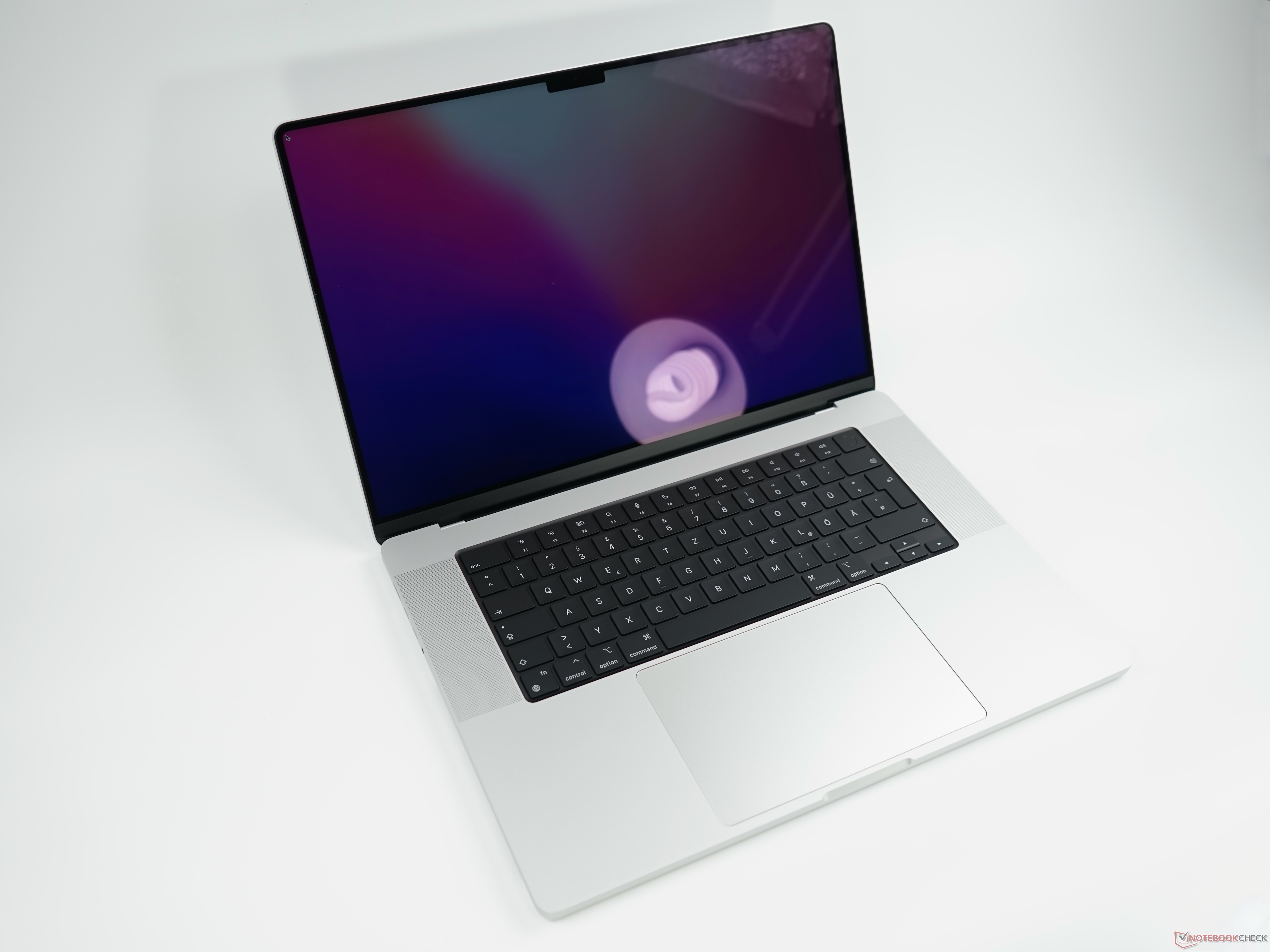

These include accelerating the user interface, providing support for advanced display features, rendering 3D graphics for pro software and games, processing photos and videos, driving powerful GPU compute features, and accelerating machine learning tasks. This design fuels the visually rich and graphical macOS experience as well as many deeper platform compute and graphics features. Mac hardware and GPU software drivers have always been deeply integrated into the system. When the eGPU is re-attached, it automatically sets the external display as the primary display. If you disconnect the eGPU, your Mac defaults back to the internal graphics processors that drives the built-in display.
Drag the white menu bar to the box that represents the display that's attached to the eGPU. Click Displays, then select the Arrangement tab. Choose Apple menu > System Preferences. Quit any open apps that you want the eGPU to accelerate on the primary display. Open the apps that you want to use with the eGPU. Select the display that's attached to the eGPU, then choose Use as Main Display. Choose Apple menu > System Settings (or System Preferences), then click Displays.  Quit any open apps that you want the eGPU to accelerate on the primary display. Since apps default to the GPU associated with the primary display, this option works with a variety of apps. It is therefore plausible that Apple will give more solid performance figures for the 5600M at WWDC later this month.If you have an external display connected to your eGPU, you can choose it as the primary display for all apps. The event is expected to be heavily Mac-focused, with Apple’s promotional imagery featuring MacBooks front and center. This announcement from Apple comes just a week before it is due to host its first-ever online-only Worldwide Developers Conference (WWDC), which will kick off on June 22. That price should not be too much of a surprise given its fantastic performance, but it is likely to make you think twice about adding it to your MacBook Pro 16 configuration unless you really need it. While the 8GB 5500M is an affordable $100 upgrade over its 4GB cousin (the default graphics card in the MacBook Pro 16), the 5600M will set you back a whopping $700. Unsurprisingly, it is also significantly more expensive. In other words, the 5600M is a significant upgrade. It has 40 compute units to the 5500M’s 24, 2,560 stream processors to the 5500M’s 1,536, and hits 5.3 teraflops of performance compared to the 5500M’s 4.0 teraflops. The 5600M surges ahead in other areas, too. The Mac Pro just got absolutely thrashed by the Mac miniĪpple has a plan to fix Mac gaming - but will it work? Waiting for the M3 iMac? We’ve got bad news for Apple fans
Quit any open apps that you want the eGPU to accelerate on the primary display. Since apps default to the GPU associated with the primary display, this option works with a variety of apps. It is therefore plausible that Apple will give more solid performance figures for the 5600M at WWDC later this month.If you have an external display connected to your eGPU, you can choose it as the primary display for all apps. The event is expected to be heavily Mac-focused, with Apple’s promotional imagery featuring MacBooks front and center. This announcement from Apple comes just a week before it is due to host its first-ever online-only Worldwide Developers Conference (WWDC), which will kick off on June 22. That price should not be too much of a surprise given its fantastic performance, but it is likely to make you think twice about adding it to your MacBook Pro 16 configuration unless you really need it. While the 8GB 5500M is an affordable $100 upgrade over its 4GB cousin (the default graphics card in the MacBook Pro 16), the 5600M will set you back a whopping $700. Unsurprisingly, it is also significantly more expensive. In other words, the 5600M is a significant upgrade. It has 40 compute units to the 5500M’s 24, 2,560 stream processors to the 5500M’s 1,536, and hits 5.3 teraflops of performance compared to the 5500M’s 4.0 teraflops. The 5600M surges ahead in other areas, too. The Mac Pro just got absolutely thrashed by the Mac miniĪpple has a plan to fix Mac gaming - but will it work? Waiting for the M3 iMac? We’ve got bad news for Apple fans






 0 kommentar(er)
0 kommentar(er)
